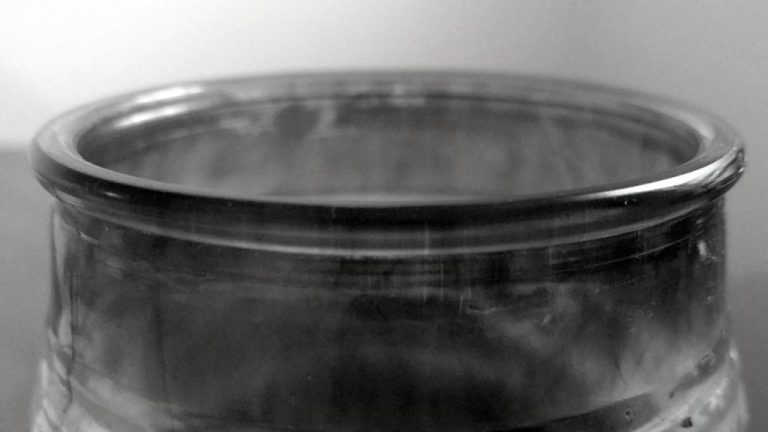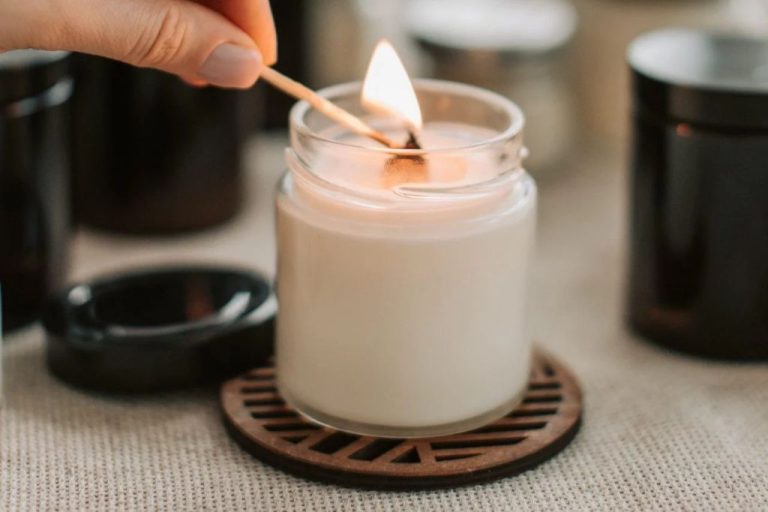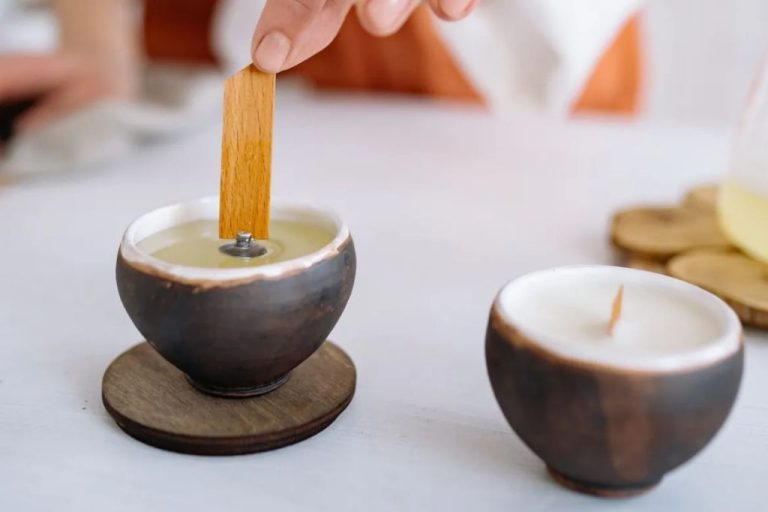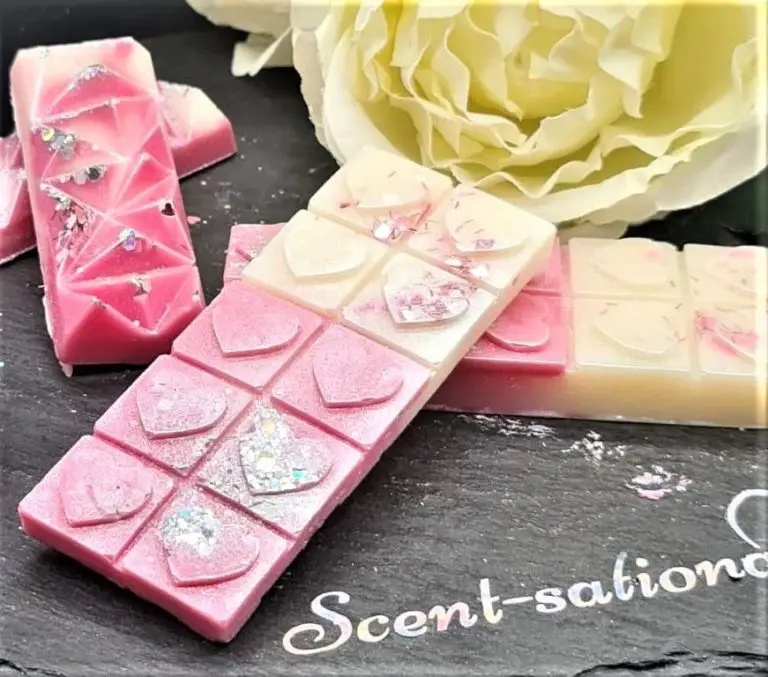Does Shea Butter Soap Base Lather?
What is Shea Butter Soap Base?
Shea butter soap base is a premade melt and pour soap base that contains shea butter. It is made by combining vegetable oils like coconut oil and palm oil with shea butter and then saponifying the oils into soap (Shea Butter Melt and Pour Soap Base).
The addition of shea butter gives the soap base moisturizing and skin-softening properties. Shea butter contains vitamins A and E which can help repair dry, damaged skin (Shea Butter Melt and Pour Soap Base).
Shea butter soap base is commonly used by hobbyists and small businesses to create handmade soaps. It can be melted, colored, scented, and molded into creative designs. The easy melt and pour process makes it accessible for beginners (How to Choose a Melt and Pour Soap Base).
Shea butter soap base is especially good for making soaps that are extra moisturizing. The high shea butter content hydrates the skin, helping to treat conditions like eczema and cracked heels. It produces a creamy, luxurious lather.
Lather Explained
Lather refers to the foam created when soap interacts with water. It is formed by surfactants in soap capturing air bubbles, resulting in a light, sudsy foam. Lather is desirable in soap because it aids in cleansing – the mechanical action of rubbing foamy lather over skin helps lift dirt, oils, and impurities. The bubbles in lather also help carry away those dissolved impurities. Additionally, many people find a rich, creamy lather to be an indicator of a high quality, luxurious soap.
Lather is created due to the chemical makeup of soap. When water is added to soap, the surfactant molecules orient themselves so that their hydrophilic (water-loving) heads face the water while their hydrophobic (water-repelling) tails face each other and any oils or dirt particles. This allows the soap to act as an emulsifier between water and oils. As this occurs rapidly with agitation, air gets trapped between surfactant molecules, forming bubbles that make up the lather (source). The more surfactants in a soap formula, the more lather it will produce.
Shea Butter Properties
Shea butter is derived from the nut of the African shea tree (Vitellaria paradoxa). It is a triglyceride fat rich in fatty acids and nutrients. Shea butter contains several fatty acids that provide skin benefits:
Oleic Acid – This monounsaturated fatty acid hydrates the skin and enhances skin barrier function.
Stearic Acid – A saturated fatty acid that softens skin and provides thickness to creams and lotions.
Linoleic Acid – An essential fatty acid that helps restore skin’s natural barrier and prevents water loss.
The high fatty acid content enables shea butter to deeply moisturize skin. When applied topically, shea butter gets absorbed into the skin and acts as a moisturizing emollient. It leaves a protective lipid layer on the skin that traps moisture and prevents dryness.
Effect on Lather
Shea butter is known for its ultra-moisturizing properties, which can affect the lather in soap. With its high fatty acid content, shea butter adds creaminess and moisture to soap, but may reduce bubbly lather.
According to SoapQueen, “In soap, Shea Butter does not contribute to lather or hardness.” The creamy, thick texture of shea butter can make soap feel more moisturizing, but less sudsy with smaller bubbles (Source).
Ultimate Guide to Soapmaking explains that while shea butter is great for moisturizing skin, “it does not help create bubbly lather” in soap. The natural oils in shea create a rich, creamy lather rather than big, fluffy bubbles.
With high shea butter amounts, soap may have a creamier texture and be less drying, but lather and bubbles will be reduced. Finding the right balance is important for getting moisturizing properties while still maintaining adequate lather.
Lather Boosters
There are a few ingredients that can help boost lather in shea butter soap recipes:
Adding salt is a simple way to increase bubbles. Salt acts as an electrolyte which helps the soap molecules attract water and create more lather. A typical addition is 1 teaspoon of salt per pound of oils in a cold process soap recipe (source).
Many essential oils can also help stabilize lather. Some of the best choices are peppermint, eucalyptus, rosemary, and tea tree oils. Use 0.5-1 ounce combined per pound of oils for a noticeable boost (source).
Finally, adding a small amount of castor oil, around 5-10% of the total oils, can dramatically increase the amount of bubbly lather from a bar. Castor oil contains ricinoleic acid which enables it to produce a dense, creamy foam (source).
Technique Matters
Proper technique when making, curing, and using shea butter soap can help maximize lather production. How the soap is mixed and cured impacts the chemical structure and texture of the final bars. And lathering technique when washing with shea butter soap makes a difference too.
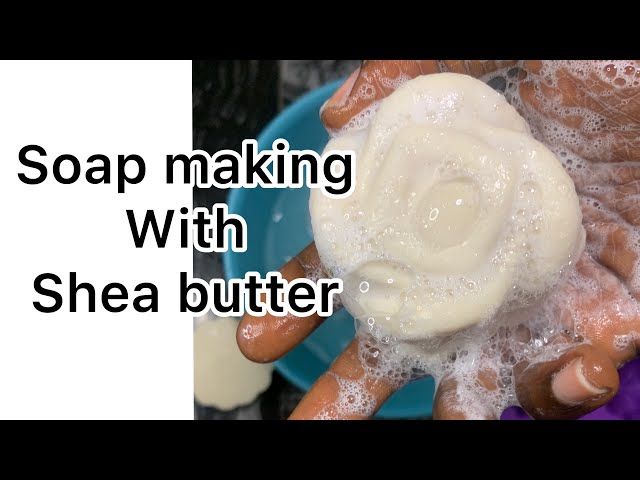
Thoroughly blending the oils and lye solution helps develop the chemical bonding needed for a bubbly bar of soap. Mixing at the right trace consistency, around a light pudding, prevents too much air from being incorporated. Air pockets in the soap can deflate lather. Follow basic cold or hot process soapmaking steps for full saponification.
Allowing the soap to cure properly over 4-6 weeks enables moisture to evaporate so more lather-boosting fats remain. Curing in a well-ventilated space quickens the process. Proper humidity levels prevent excess moisture. Wrapping bars after 4-6 weeks locks in the moisture content best for lather.
When washing with shea butter soap, let the bar soak and activate in water before lathering up. Take time to build up a thick, creamy lather between hands. Shea butter’s fatty acids produce large, stable bubbles. Adding a touch more water as needed helps multiply lather too. Using a buffing cloth can boost lather from shea butter’s creamy texture.
Shea Butter Soap Recipes
There are many recipes for homemade shea butter soap that can produce a nice lather. According to this recipe, a basic shea butter soap with olive oil, coconut oil, and 20% shea butter will lather moderately. The coconut oil helps boost lather, while the shea butter adds creaminess. Another recipe from Lovin Soap uses shea butter, coconut oil, palm oil, and castor oil resulting in a soap with thick, bubbly lather. Finally, Wholesale Supplies Plus offers a simplified 3-ingredient recipe with coconut oil, olive oil, and shea butter that produces a gentle, creamy lather.
The different qualities of oils and butters as well as the percentages used will impact the overall lather. But in general, shea butter soap recipes can produce a nice lather with the right blend of ingredients. Using coconut oil, castor oil, or other cleansing oils will help boost bubbles. The shea butter provides a creamy, moisturizing element while limiting large voluminous lather.
Shea Butter Soap Alternatives
While shea butter is a popular choice for handmade soaps, there are other butters and oils that can be used instead for a different effect. Some options to consider include:
Other Butters:
Cocoa butter – Has a pleasant chocolate aroma and is also moisturizing. Less expensive than shea butter.[1]
Mango butter – Has a tropical fragrance and is high in fatty acids like shea butter. Softer than cocoa or shea butter.[2]
Kokum butter – Absorbs quickly into skin and has antioxidant properties. Adds hardness to soap.[1]
Vegetable Oils:
Olive oil – A common soapmaking oil. Creates a gentle, moisturizing bar.[2]
Coconut oil – Produces a rich lather. Use a smaller percentage to avoid drying skin.[1]
Sunflower oil – Light, non-greasy oil good for sensitive skin. Boosts lather.[2]
[1] https://www.lather.com/collections/soap
[2] https://naturesnaturallather.com/collections/soap-bars
Tips for Maximizing Lather
There are a few tips and tricks to maximize lather when making shea butter soap:
Additives like sugar or salt can help boost lather. A small amount of white sugar, typically 1 teaspoon per pound of oils, aids in creating suds. The granules help agitate the soap solution. Salt acts similarly. Start with 1 tablespoon of fine sea salt per pound of base oils.
Properly mixing the soap batter ensures ingredients are fully incorporated and reacted. Hand stirring or using a stick blender for 2-3 minutes after adding the lye solution evenly distributes the components. Overmixing, however, can result in too many air bubbles.
Allowing the soap to cure for 4-6 weeks enables moisture to evaporate, making the bar harder and improving lather. Frequent use of a new soap also helps break it in. With time, the bar produces more luxurious, creamy lather from the shea butter.
The Bottom Line
Shea butter soap base can lather well with the right recipe and technique. On its own, shea butter has low lather due to its high fat content. However, it can be combined with other “bubble boosting” oils and lathering agents. Using a high percentage of oils that promote big, creamy lather will help maximize suds. Technique also plays a role – fully dissolving the soap, using warm water, and agitating with a washcloth or luffa will create more bubbles. With thoughtful formulation and method, shea butter soap can deliver a satisfying, moisturizing lather.

